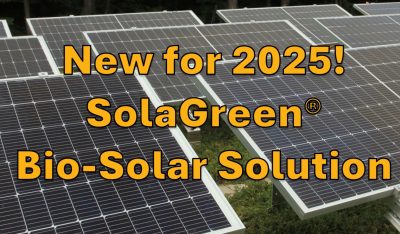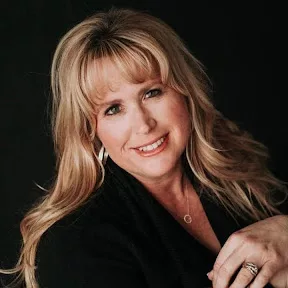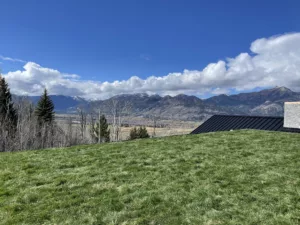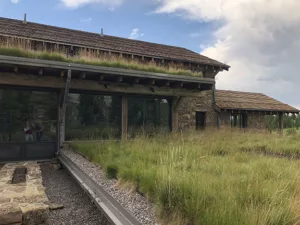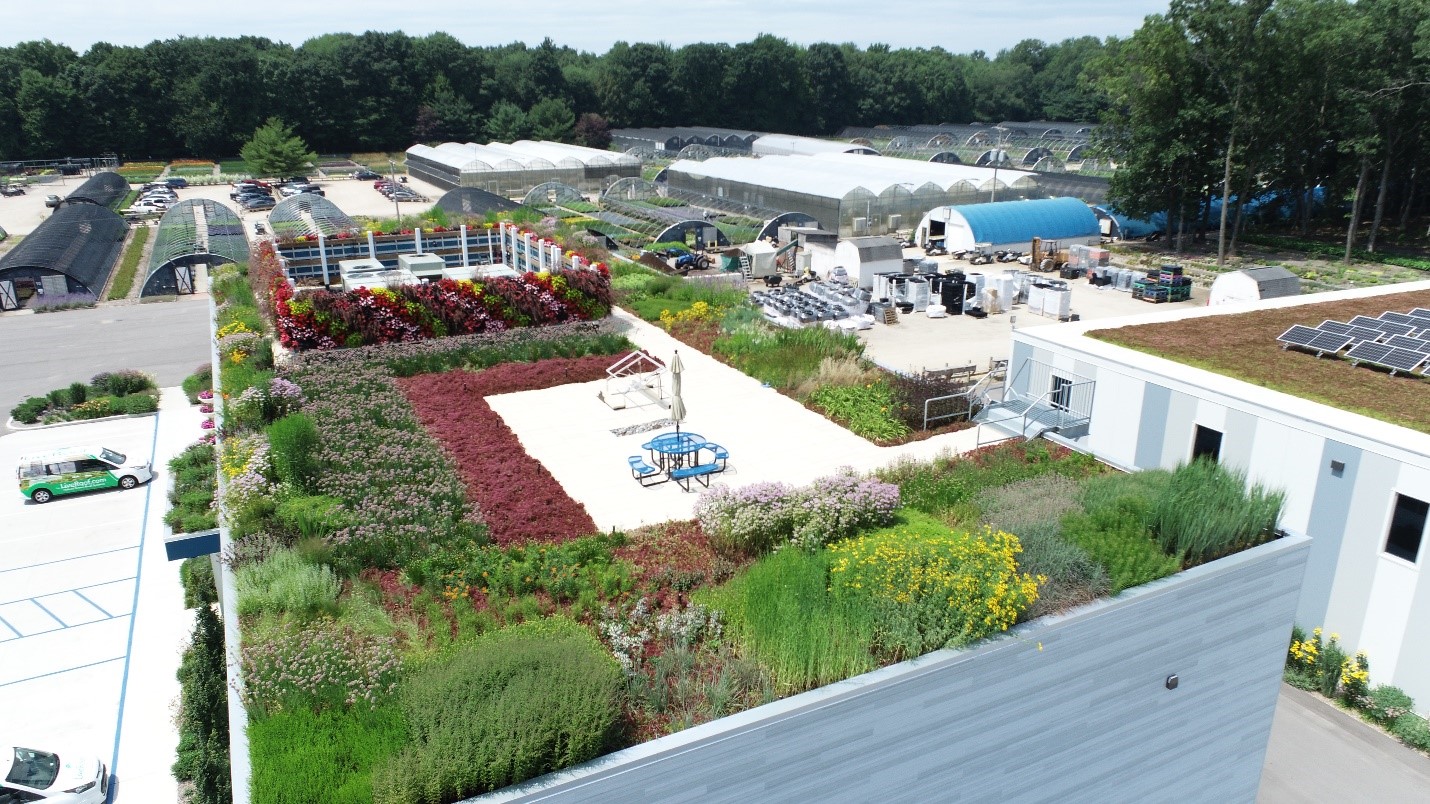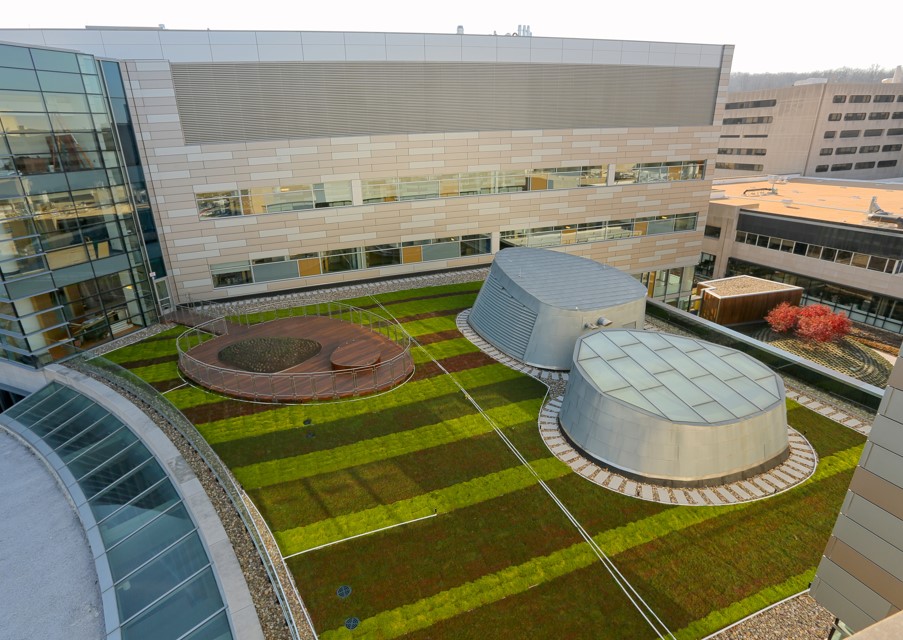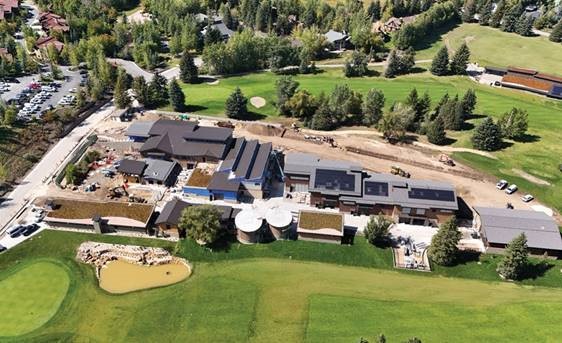16 years ago, LiveRoof, LLC. (liveroof.com) developed the LiveRoof® Hybrid Green Roof System: the only green roof solution installed with fully mature plants thriving in a healthy, connected ecosystem from day one of installation. LiveRoof’s natural function and natural beauty offer exceptional performance, require very low maintenance and have a predictable cost. LiveRoof projects often become signature elements on commercial, public, university and school buildings all over the US and Canada.
I am Doni Burton, Business Development Manager for LiveRoof Global, LLC. It is my privilege to interview amazing people from our LiveRoof Network this year. My main responsibility as business development specialist is working with LiveRoof Global Growers and their customers. Previously, I completed my doctor of education in 2019 and most of my career was in educational administration. I have also taught for many years as a university professor, but working at LiveRoof has taught me about the incredible benefits provided by green roofs. My hope is that this series of interviews will nurture the environmental and horticultural interests of each reader.
As LiveRoof celebrates its 16th year we have done so with a year-long theme: The Evolution of Green Roofs. Specifically, we have focused on LiveRoof Growers, Products, Processes and Plants. Please enjoy this final interview in the series.
FOCUS ON GRASSES
I spoke with Charissa Wagner, owner of Intermountain Roofscape Supply, a thriving LiveRoof green roof company for the past 13 years located in Whitehall, Montana. Intermountain has produced over 200 green roofs using the LiveRoof hybrid modular system, and according to Charissa, “We love what we do.” “We enjoy cultivating a product and having the satisfaction of knowing that we are helping to restore the balance between green spaces and hard spaces. Vegetation on a building brings many aesthetic and environmental qualities to a building that no other building product can bring. Growing grasses for green roofs is a very important practice, and could be said to be one of the most important practices when planting green roofs. When we plant grass on a green roof, we are trying to mimic prairies and meadows and restore lost habitat. Many of the meadows today have been covered up with buildings therefore many of our ecosystems have been disrupted or destroyed. When we plant our meadow roofs we use native grasses, wildflowers, and forbs to try to create a habitat similar to many of these ecosystems. The green roofs that we create, host many birds, insects, and bees that are beneficial and play an important part in our biosphere.”
MORE ABOUT GRASSES ON ROOFS
Growing grass roof tops is uniquely different than growing grass at grade. In a natural prairie setting, you find grasses in a higher organic soil medium which is different from what is allowed in a green roof situation. There are some specific questions to ask and answer when growing grass roofs. The first question is “should you use short-rooted or deep-rooted grasses?” Charissa has learned over the past 13 years as a LiveRoof grower, that short-rooted grasses are better suited for roof tops than deep-rooted grasses. The next question involves the “number of grass species to include?” She grows most roofs with 5-6 different species with varying heights making sure to use grasses with an upright growing habit. Charissa then asks, “do you want species that smoother each other?” She does not use species that smoother each other or are overly aggressive as this would take away from the diverse beauty of the roof that many grass species create. Finally, “is there any additional focus when planning the grass roof?” Charissa tries to create unique habitats for animals and insects on each roof adding to the biodiversity of the roof.
CARING FOR A GRASS ROOF
Should we mow a grass roof? “Native Grass roofs do need to be mowed yearly, fertilized yearly, and watered weekly during the growing season in order to keep them green. In the absence of irrigation in the summertime, the native roof will go dormant, turn brown and can be a fire hazard, so keeping them lush and green is crucial until the summer is over, and fire season has ended.” Charissa Wagner
GREEN ROOF- HISTORY REVISITED
In Charissa’s growing region sod roofs have a historical significance. Settlers were often called sodbusters because they made sod homes out on the prairie. They would cut rectangular pieces of sod out of the prairie and use it to create their homes. They resembled igloos in the beginning, and as years passed, the homes were log-framed with sod roof tops that were underlaid with tar paper. Charissa shares “In the mountain states that we cover, sod roofs tend to be a favorite of building owners, and architects. Our homes built here tend to be a Mountain Modern style which just naturally calls for a Meadow roof.” What Charissa is doing today is a modern version of what was done in the past.
EXCITED ABOUT THE INDUSTRY
Charissa is excited about growing LiveRoof in her region and says, “People more than ever have become open to alternative ways to conserve energy, control storm water, and help preserve the ecology of the region.” This is great news for the environment, for Intermountain Landscape Supply, for LiveRoof, and for green roofs in general.
This is the final article in the series: The Evolution of LiveRoof its People, Products, Processes and Plants. We hope you enjoyed the series throughout this year. I’m Doni Burton, Business Development Manager for LiveRoof Global. I can be reached via email at doni@liveroof.com.

